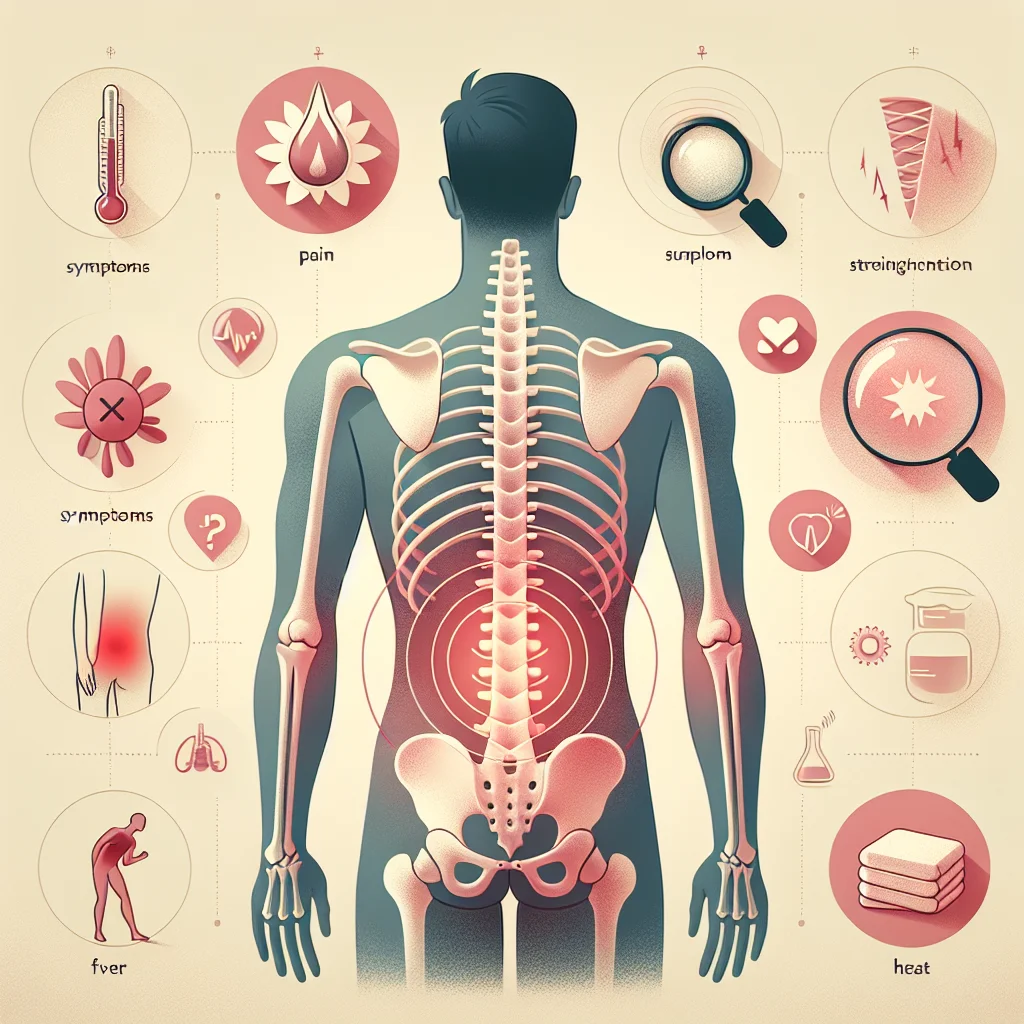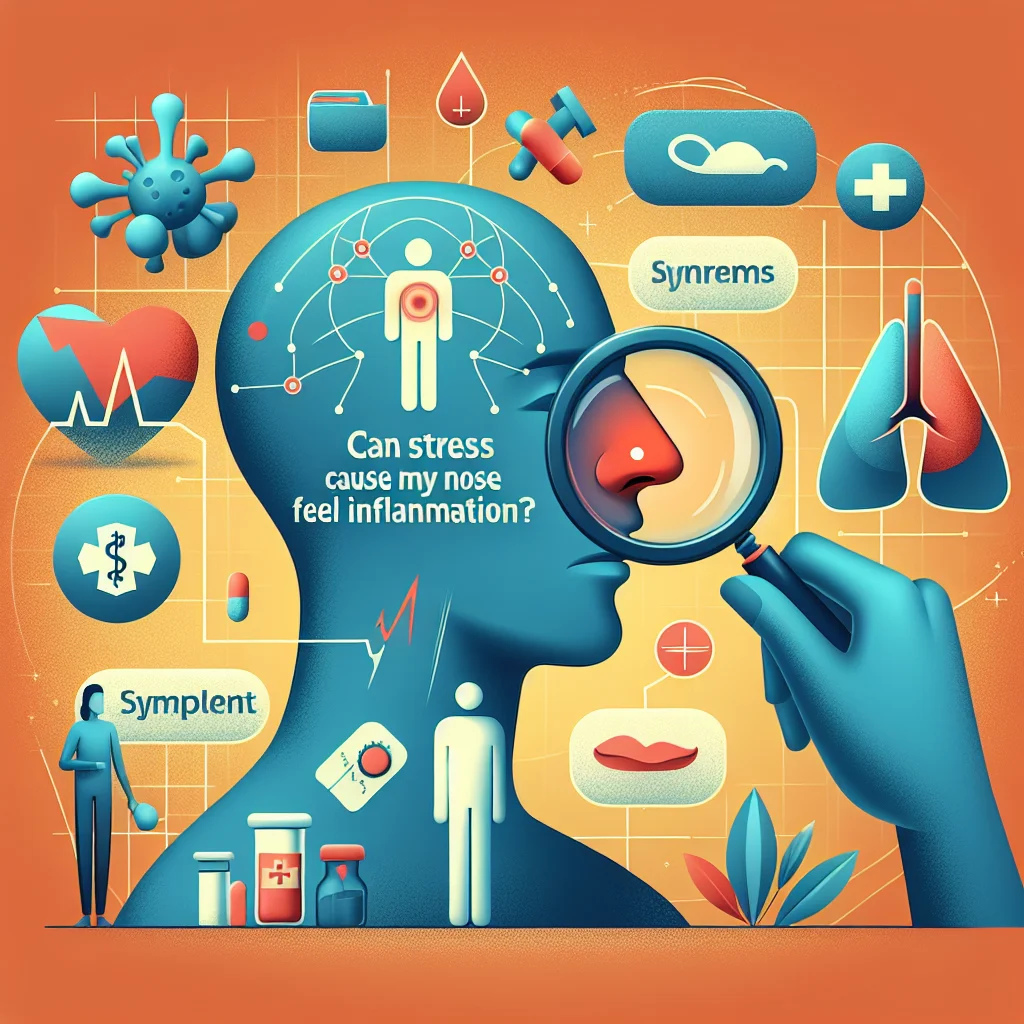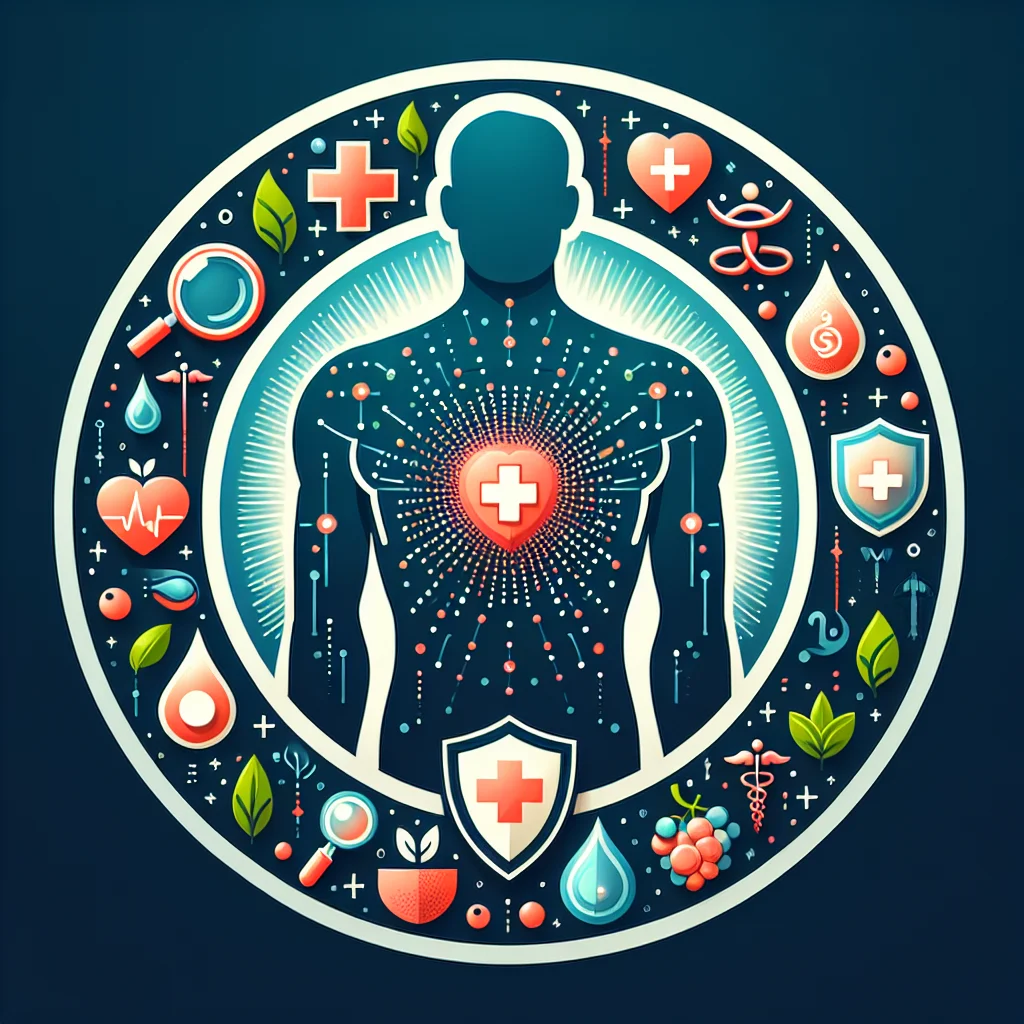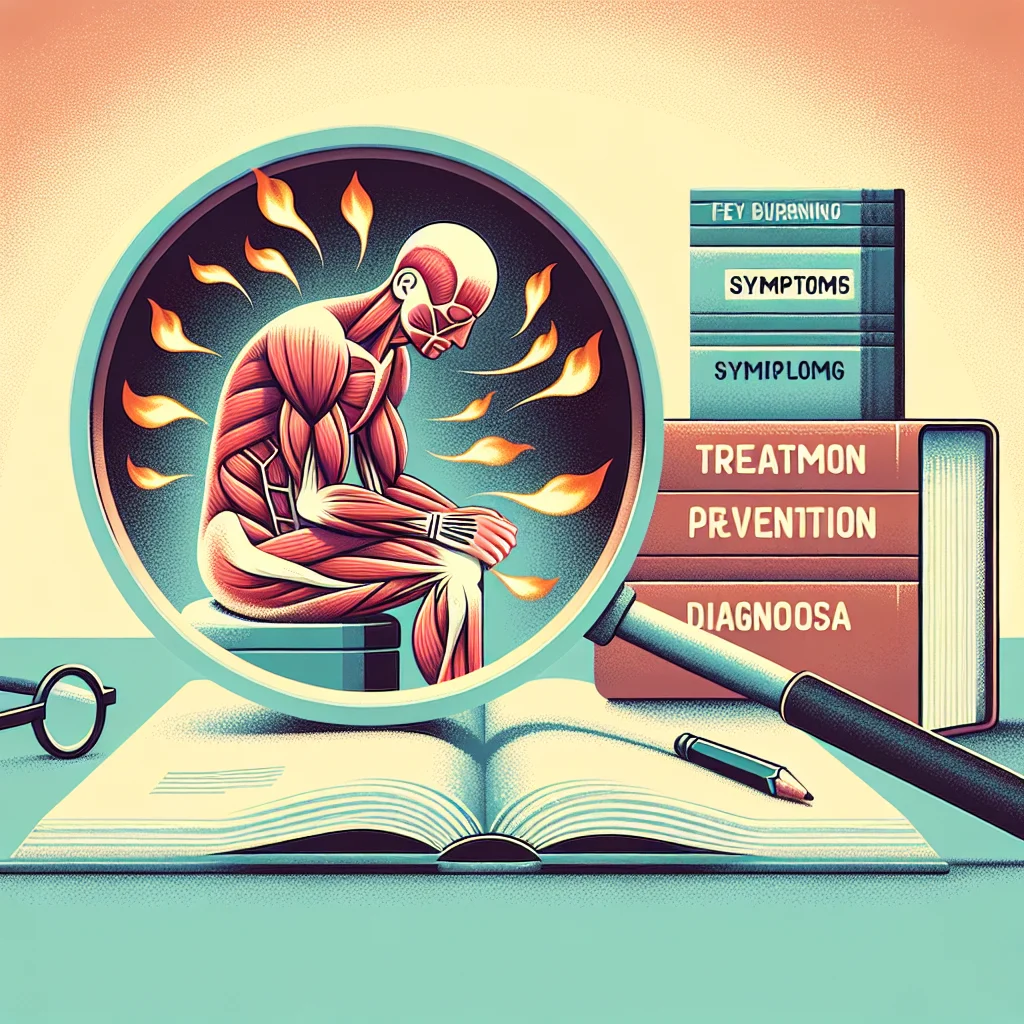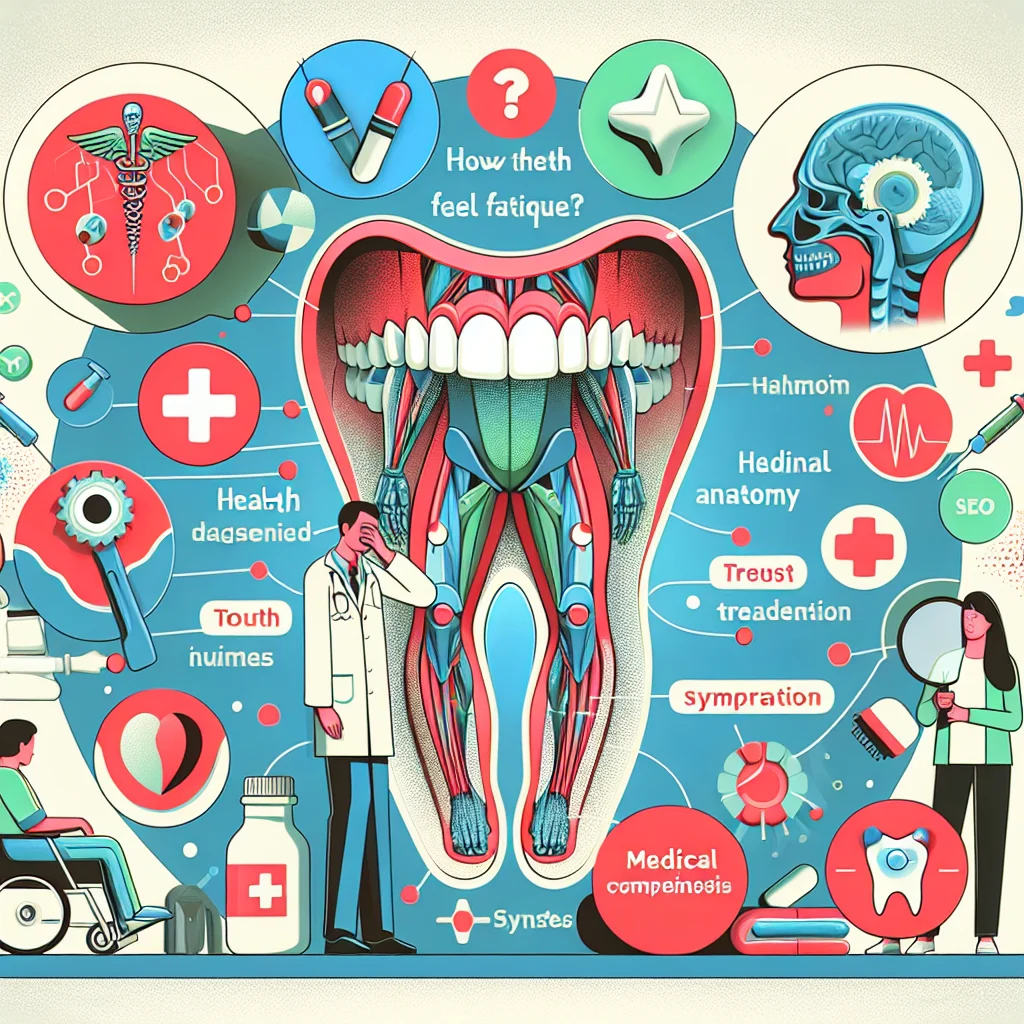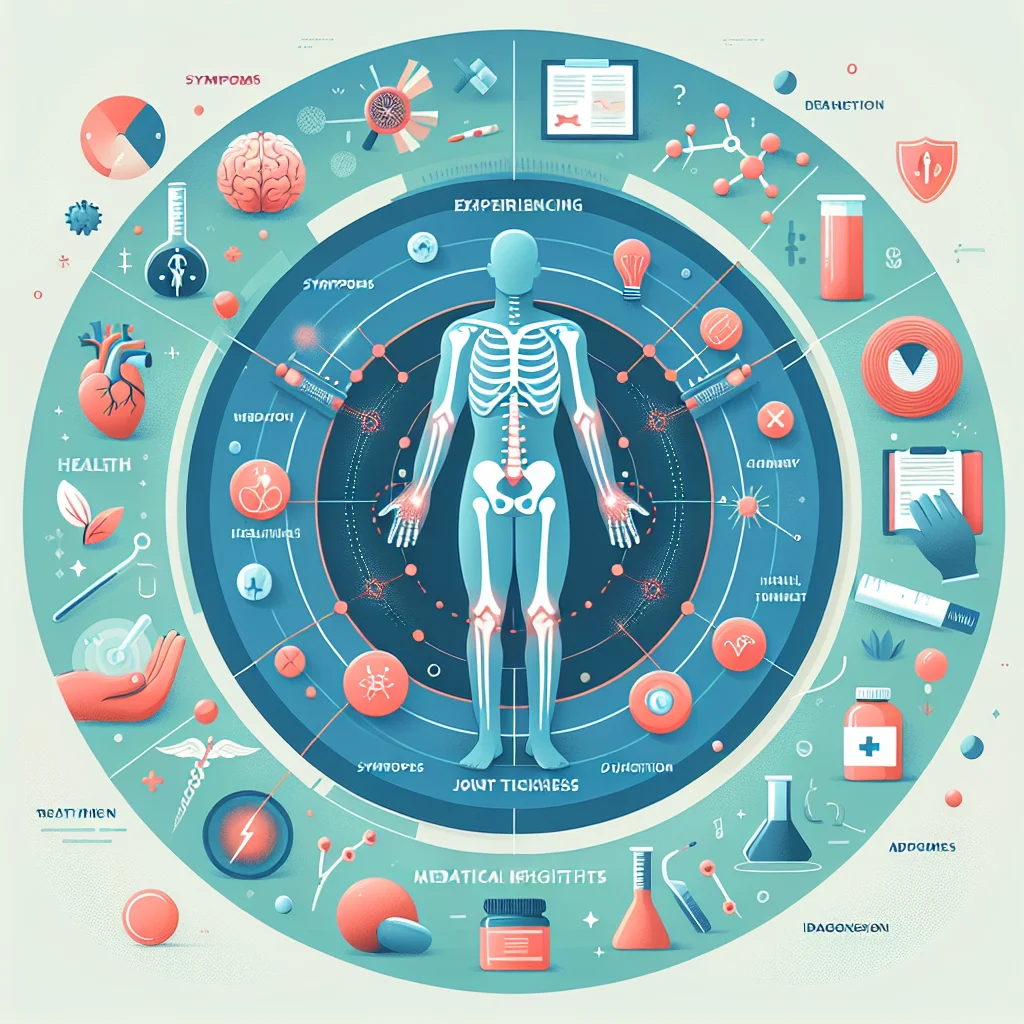
Possible Causes and Medical Insights
Joint tightness can be a concerning and uncomfortable sensation, often prompting individuals to seek answers about their health. The feeling of tightness in your joints may be due to a variety of reasons, ranging from overuse, lack of movement, or underlying medical conditions such as arthritis or bursitis. In some cases, joint tightness is the result of inflammation, which can be triggered by autoimmune responses or even minor injuries. Understanding these possible causes is the first step towards finding relief and preventing further discomfort.
Medical insights suggest that factors like aging, repetitive stress, or even changes in weather can contribute to joint tightness. Certain health conditions, such as rheumatoid arthritis, osteoarthritis, or fibromyalgia, may also play a significant role. In addition, dehydration and poor nutrition can affect joint health, leading to sensations of stiffness and tightness. Consulting with a healthcare professional is recommended if symptoms persist or worsen, as early intervention can help manage and treat the underlying causes effectively.
Symptoms and Risk Factors
When experiencing joint tightness, you might also notice symptoms such as swelling, reduced range of motion, or a sensation of stiffness, particularly after periods of inactivity. Some individuals may experience accompanying pain, redness, or warmth around the affected joints. These symptoms can vary in severity and duration, often depending on the root cause and individual health status.
Risk factors that can increase the likelihood of developing joint tightness include a sedentary lifestyle, obesity, previous joint injuries, and a family history of joint disorders. Additionally, certain occupations or activities that involve repetitive movements or heavy lifting may place extra stress on joints, leading to increased stiffness. Recognizing these risk factors and symptoms early on allows for prompt management and prevention strategies to be put in place.
Diagnosis and When to See a Doctor
Accurately diagnosing the cause of joint tightness often involves a combination of physical examinations, patient history, and diagnostic tests such as blood work or imaging studies. Healthcare providers will assess the affected joints for swelling, tenderness, and range of motion to determine the underlying cause. In some cases, additional lab tests may be required to rule out autoimmune diseases or infections that could be contributing to your symptoms.
You should consider seeing a doctor if joint tightness persists for more than a few days, is accompanied by severe pain, swelling, redness, or if you experience difficulty moving the joint. Early medical intervention is crucial in preventing potential complications and ensuring the most effective treatment plan. Your healthcare provider can offer medical insight into your specific situation and recommend appropriate next steps for diagnosis and management.
Prevention and Home Remedies
Preventing joint tightness starts with maintaining a healthy lifestyle, including regular physical activity, balanced nutrition, and proper hydration. Stretching exercises and low-impact activities such as swimming or walking can help keep your joints flexible and reduce stiffness. It is also important to avoid prolonged periods of inactivity, as this can exacerbate feelings of tightness in the joints.
At home, you can manage mild joint tightness by applying warm compresses, performing gentle stretches, and using over-the-counter anti-inflammatory medications as needed. Ensuring a healthy weight and practicing good posture can further reduce stress on your joints. If your symptoms persist or worsen, seeking health advice from a medical professional is essential for personalized treatment and prevention strategies.

